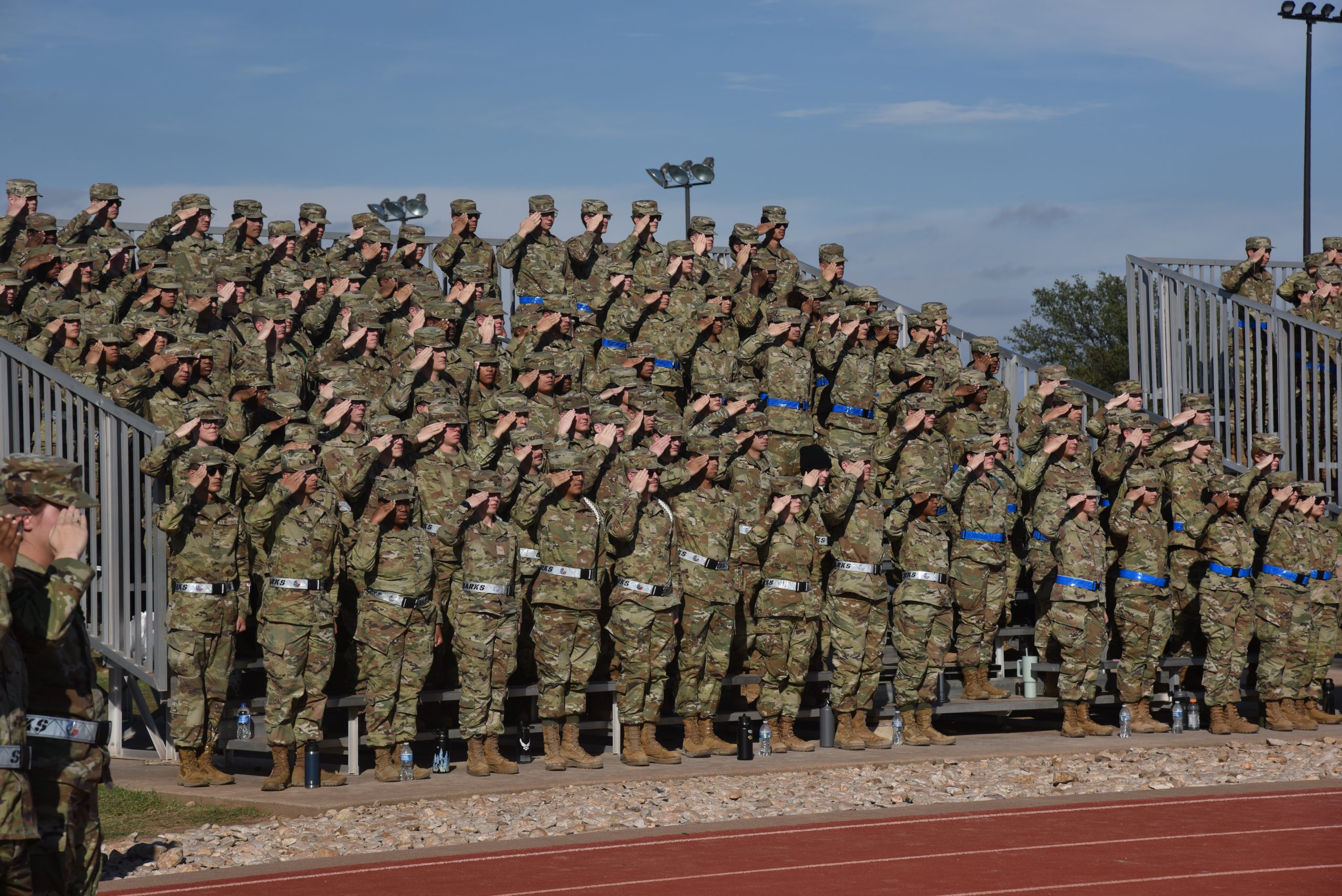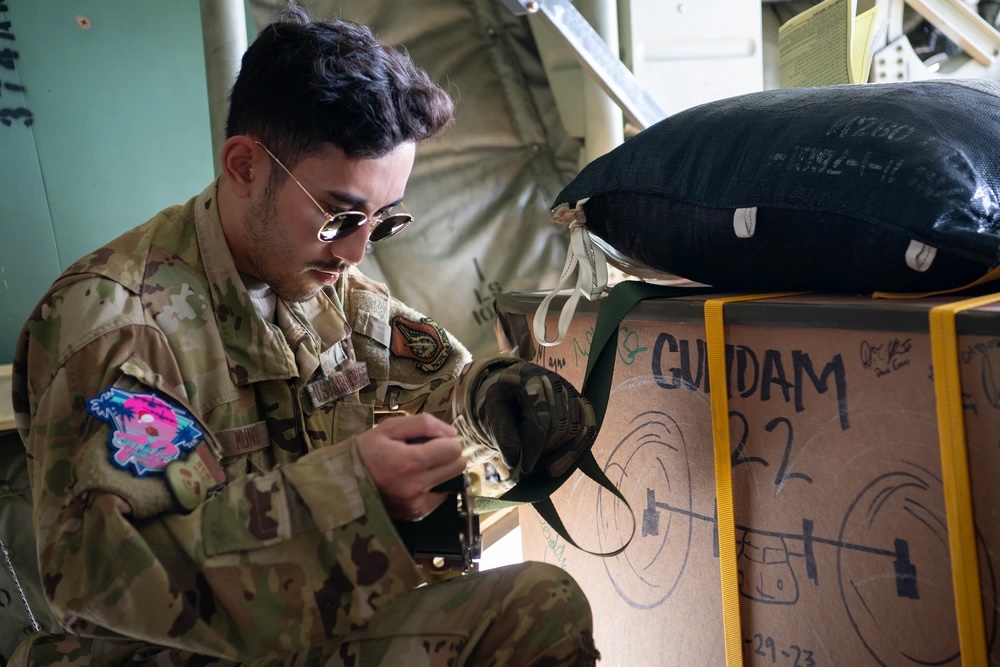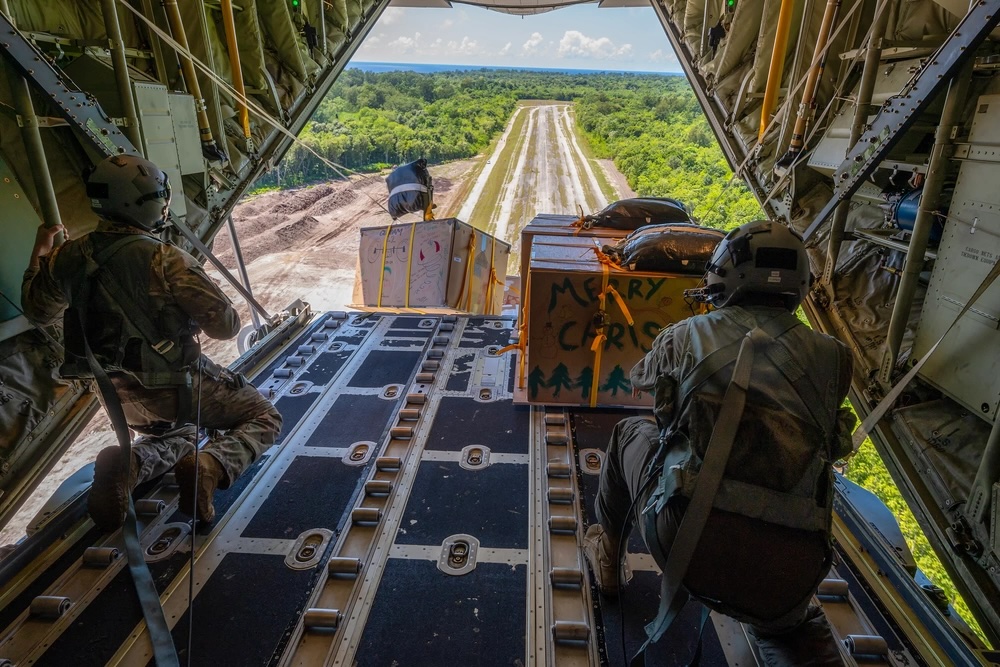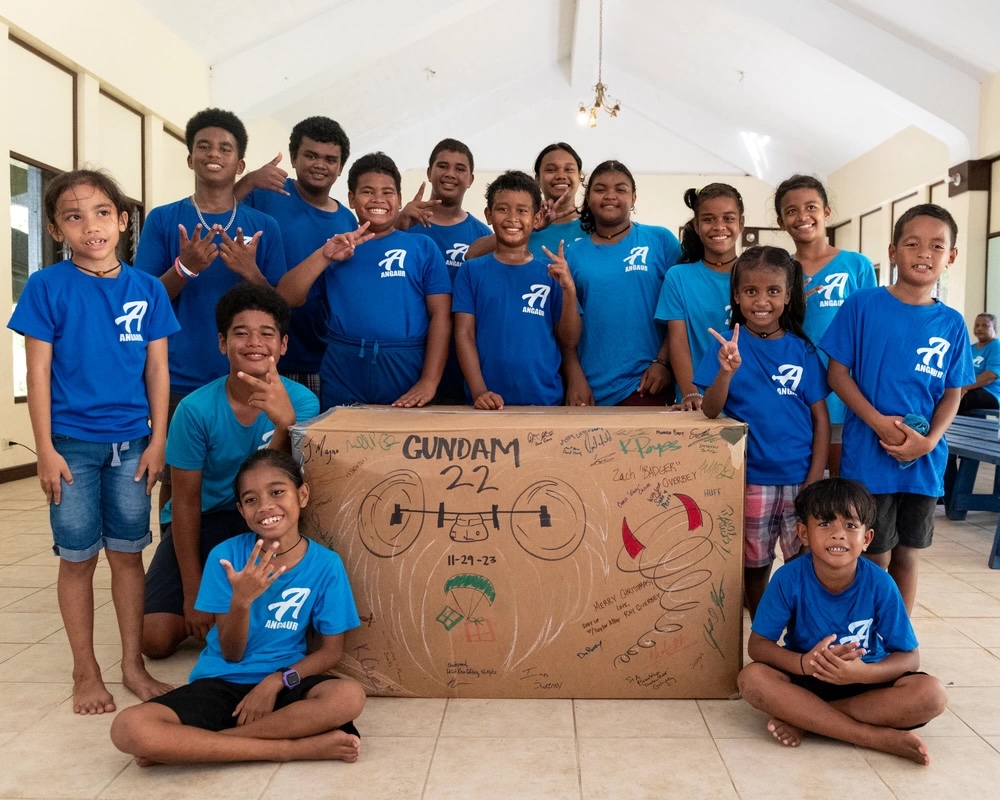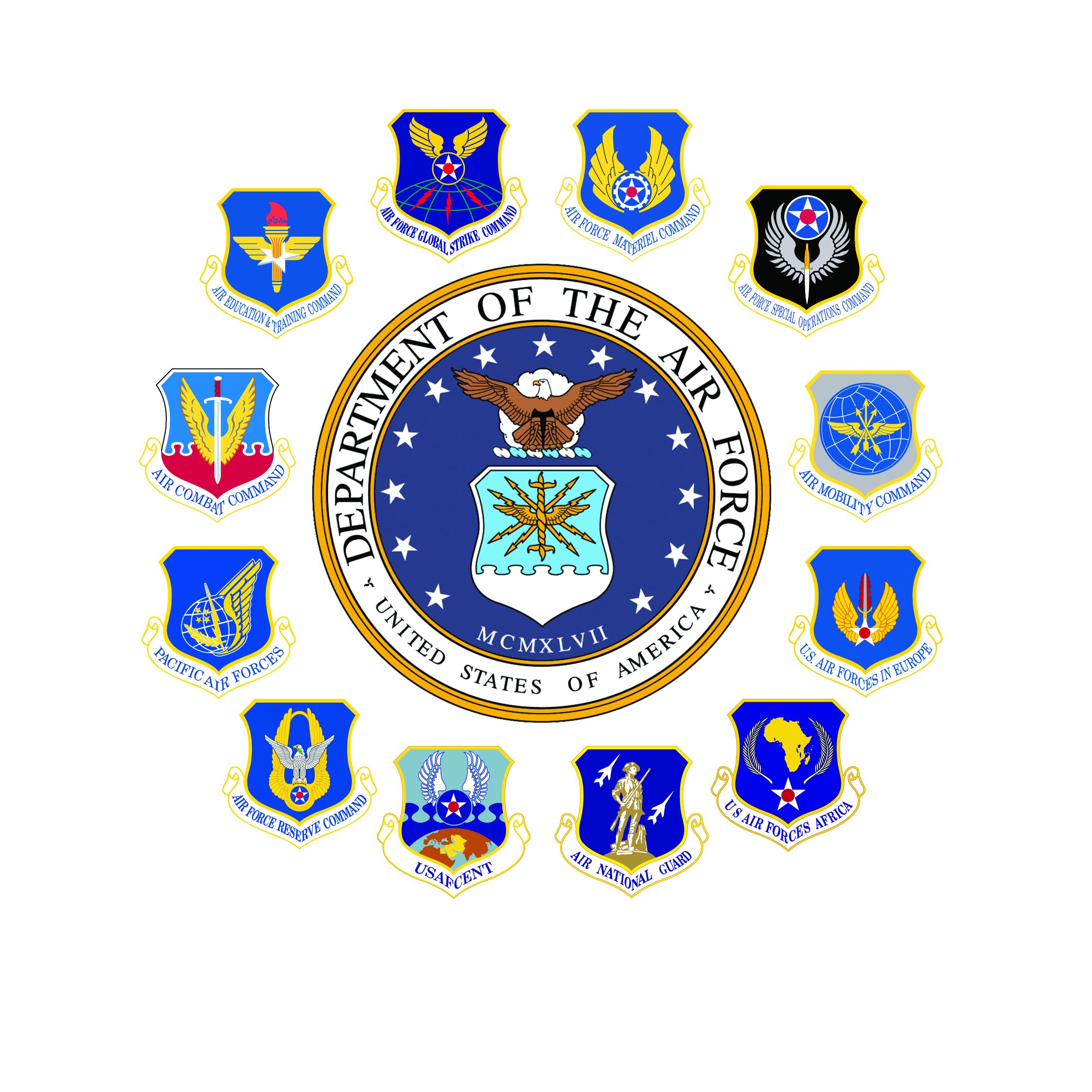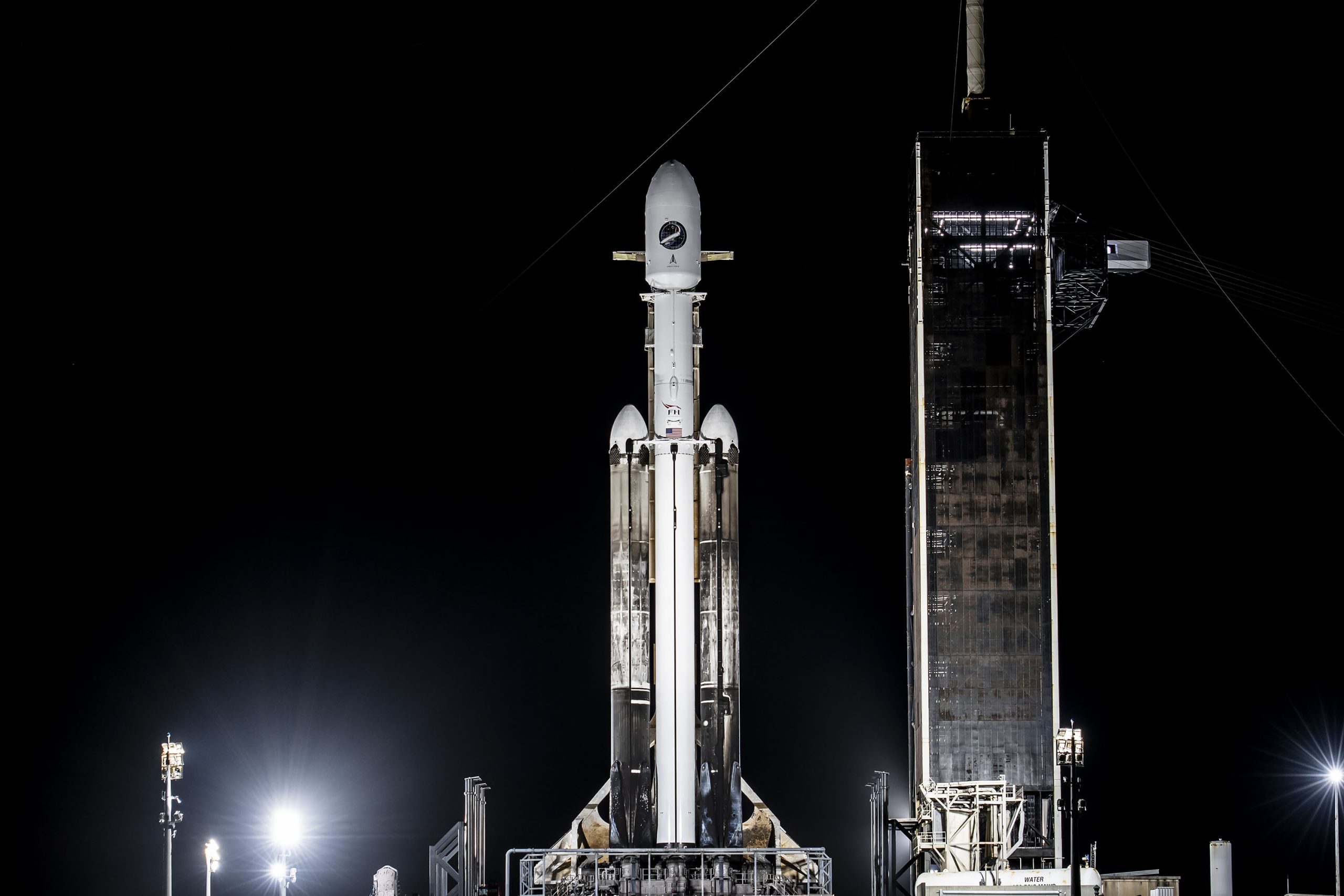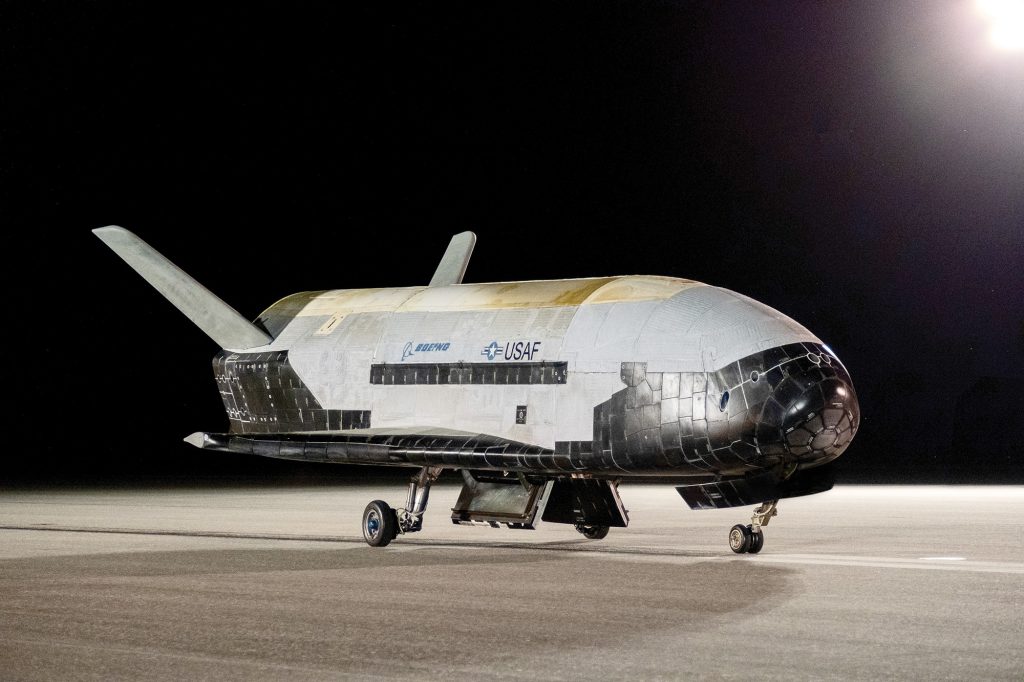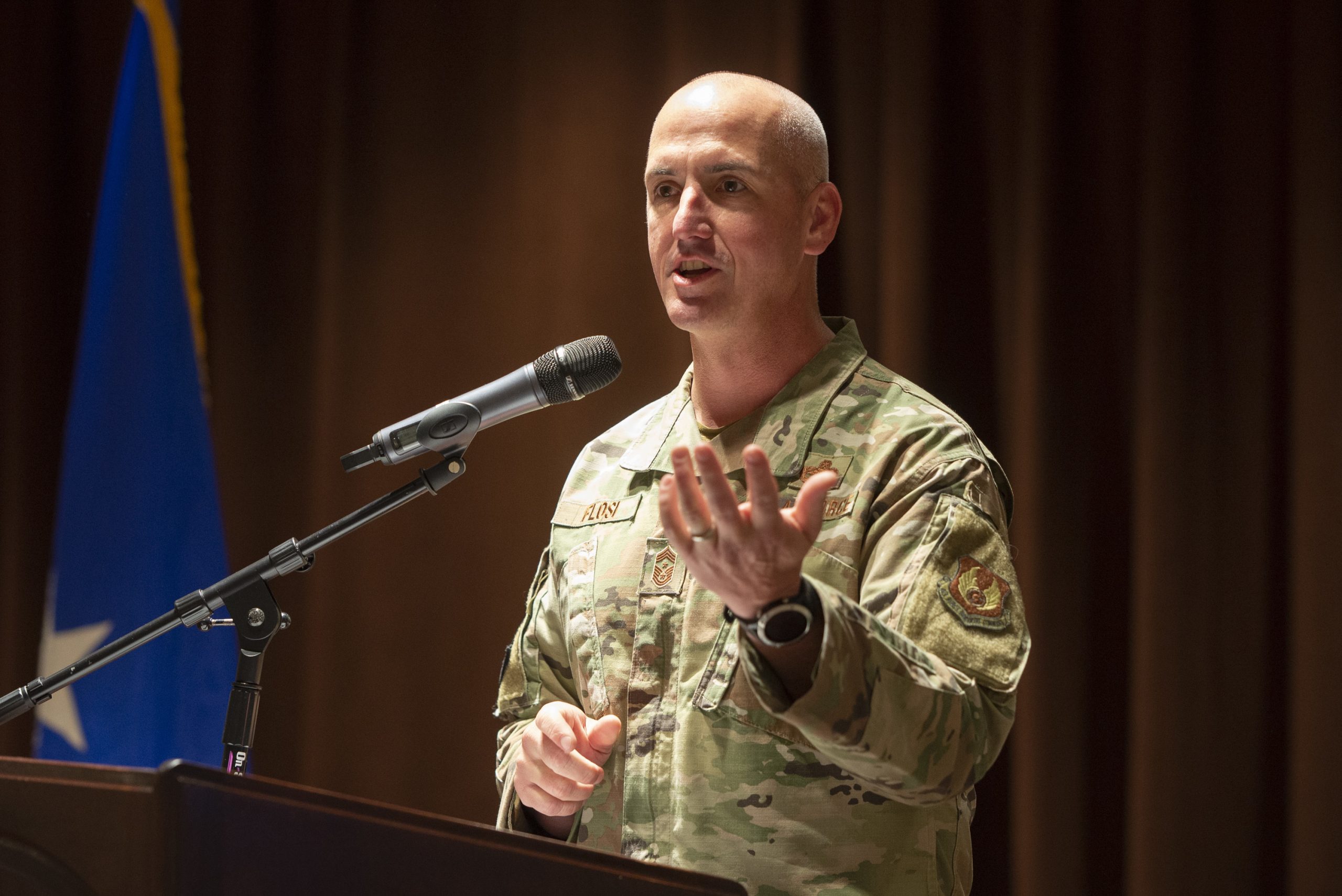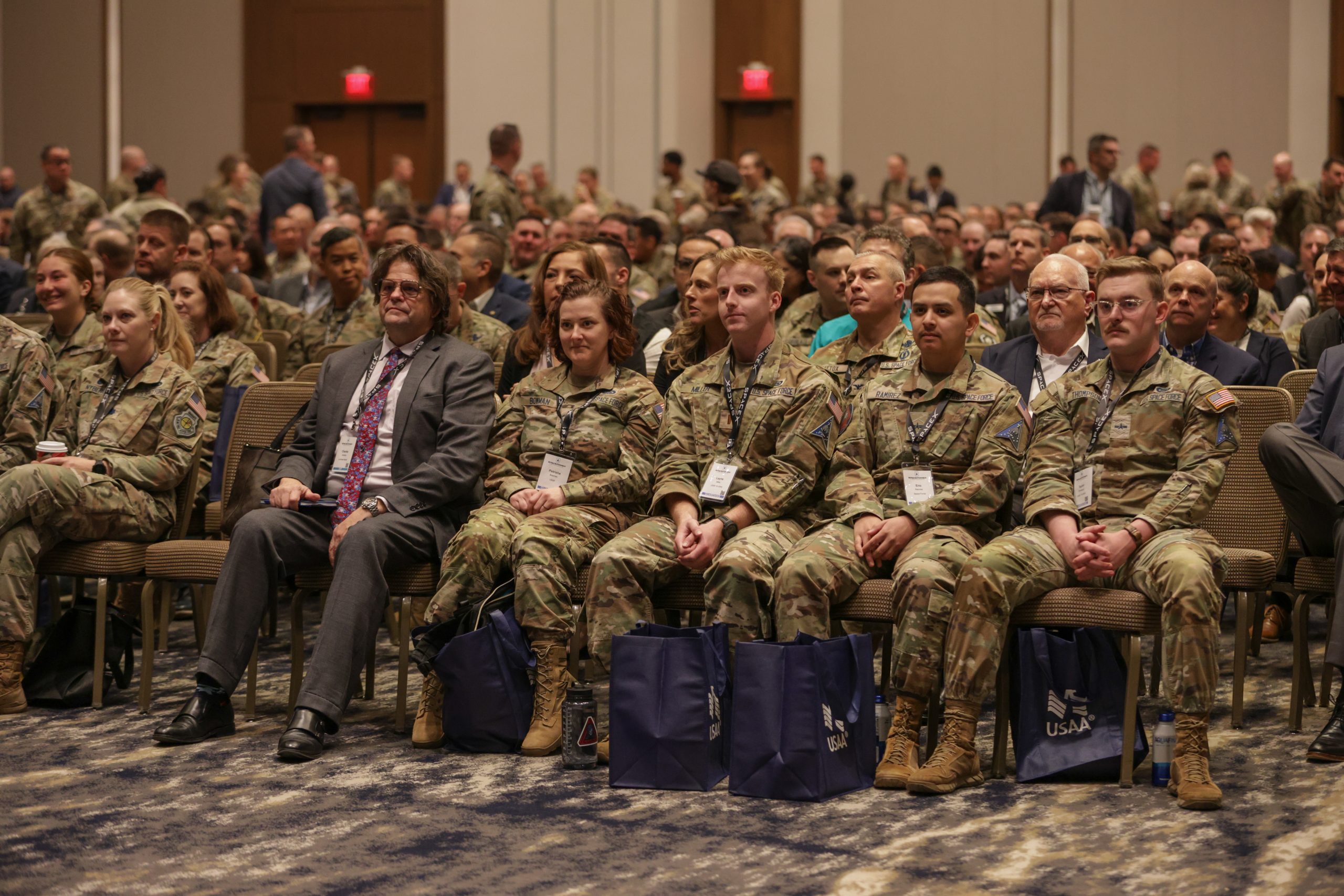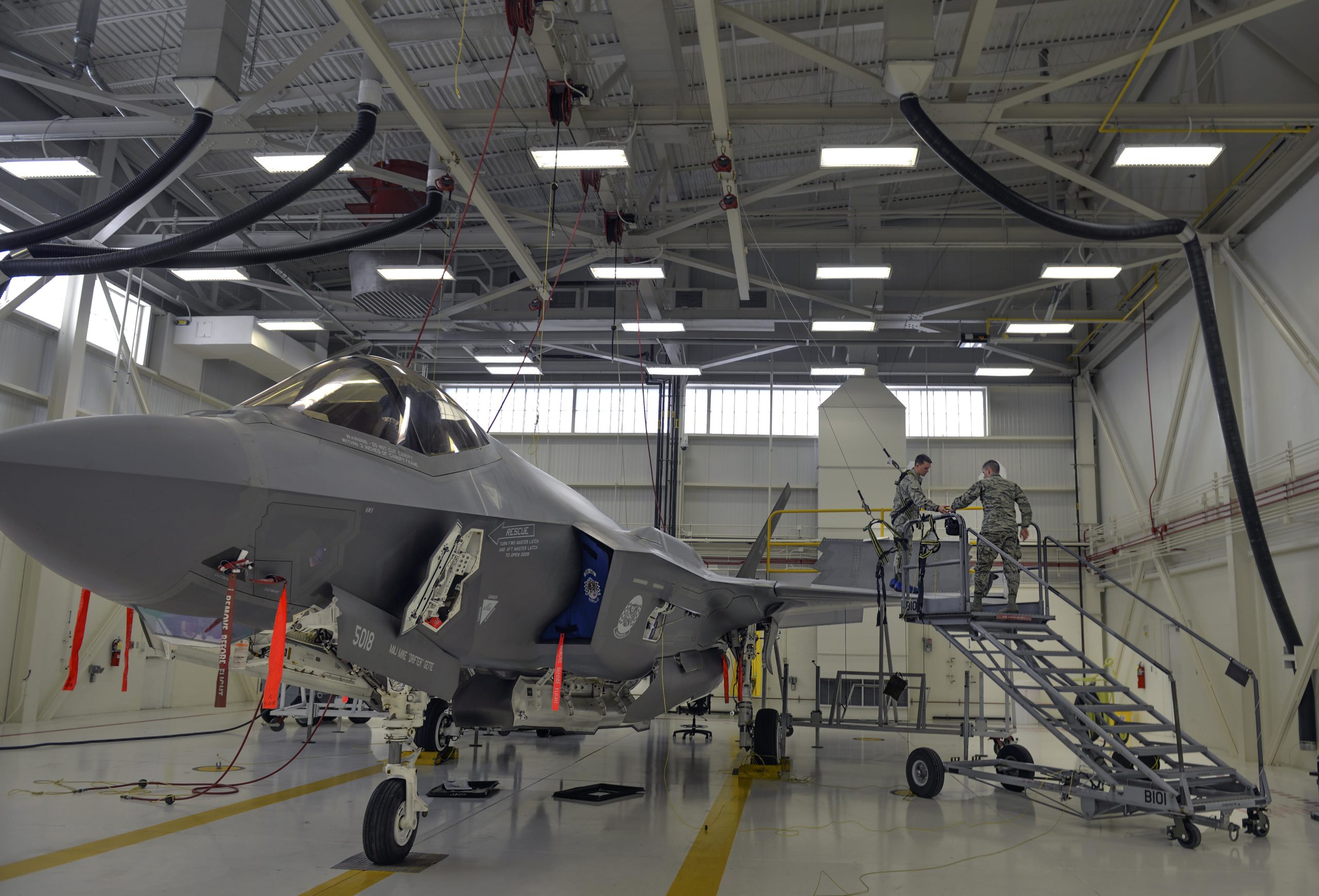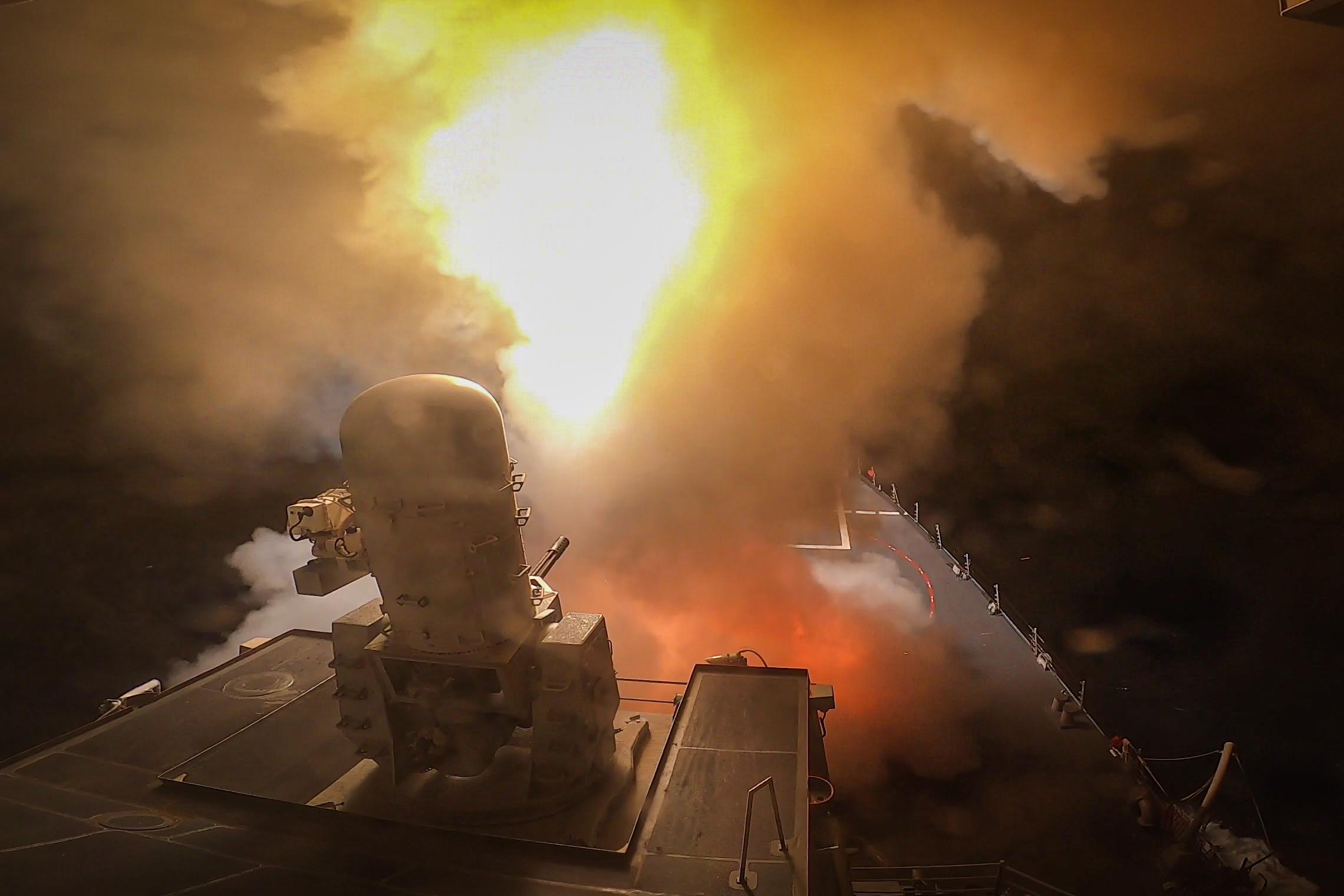Congress finally passed the National Defense Authorization Act and sent its 3,000 pages to the White House for President Biden’s signature. The annual defense policy bill was approved with overwhelming bipartisan support, as the Senate and House voted it through on Dec. 13 and 14, respectively.
Included is a 5.2 percent pay raise, the largest in 20 years, and new rules governing the basic needs allowance, which ensures service members with large families don’t fall below 150 percent of the federal poverty level. The measure, among several that the Air & Space Force Association argued to include, will expand the number of service members eligible by empowering the Secretary of Defense to ignore housing allowances when calculating household income for troops with “a demonstrated need.”
The NDAA authorizes programs and expenditures, but does not appropriate funds; that is legislated separately in a Defense appropriations bill. The NDAA mandates and directs policy, requires reviews and reports, and establishes minimum and maximum numbers of personnel, equipment, and spending.
Congress has yet to pass an appropriations bill, so the Pentagon is left to operate under a continuing resolution, keeping spending levels frozen at fiscal 2023 levels. The latest CR is set to expire on Feb. 2 for defense funding, but lawmakers are still negotiating a “top line” spending level for the entire federal government, a necessary first step before it can finalize a defense spending bill.
Aircraft Moves
Other provisions in the measure include slowing aircraft attrition. Congress imposed new limits on Air Force plans to retire F-15E and F-16 fighter jets, and also blocked plans to retire any RQ-4 Global Hawk drones or KC-135 Stratotanker aerial refuelers. Lawmakers also want increased oversight of the new and secretive Next Generation Air Dominance fighter and Collaborative Combat Aircraft programs.
Crucially, the bill leaves in place a decision in last year’s NDAA that prohibited the Air Force from retiring non-combat-rated F-22 Raptors. Air Force officials say their 32 Block 20 F-22s are among the most expensive planes to keep in the inventory, are too expensive to upgrade, and will never be used in combat. They have twice tried to retire the older F-22s. But lawmakers, backed by AFA and analysts, say giving up those airplanes will move combat-coded F-22s into training roles, effectively shortening the lifespans of those remaining F-22s and making fewer fifth-generation aircraft available for combat.
Space Force
For the Space Force, the bill mandates a single personnel management system, essentially doing away with “Regular” and “Reserve” members in favor of a system that allows for both full-time and part-time Guardians. Space Force leaders wanted the change in order to provide more flexibility to hire highly-skilled Guardians who might otherwise leave the service. In this scenario, Guardians might move from full-time to part-time, creating an entirely new approach to managing careers and the force as a whole.
The NDAA punted, however, on whether to establish a Space National Guard. Instead, it requires a study on the feasibility of a Space Guard and three courses of action:
- Leave the Air National Guard’s space-focused units in place
- Transfer those units to the Space Force
- Transfer them to a new Space National Guard
The study must include a cost-benefit analysis and assessment of risks and benefits to the mission. Results are due by March 1, 2024.
Congress previously asked in the 2022 and 2021 NDAAs for studies examining a space-focused reserve component and cost estimates for setting up a Space National Guard.
Proponents of a Space Guard, including AFA, say the costs of establishing such a force are reasonable and that ANG units with space missions will remain “orphaned” until the issue is resolved. They argue also that Guardsmen are attracted by the Guard’s unique state-level missions, such as humanitarian and disaster relief, and that they might not opt to stay if those were lost, creating a readiness shortfall. But critics of forming a Space National Guard argue it would be too small to be worth the extra bureaucracy and costs it would impose and that its inherently federal missions leave those units ill-suited to local disaster response requirements.
Missile Defense
Also included in the final bill are requirements for studies on integrated air and missile defenses in the Indo-Pacific and European regions. Growing concerns about new hypersonic and ballistic missile threats from China and Russia have prompted AFA and others to advocate for more planning.
Lawmakers are directing U.S. Indo-Pacific Command to craft a “comprehensive strategy for developing, acquiring, and operationally establishing an integrated air and missile defense architecture.” On top of that, the bill requires a report from the Secretary of Defense on “potential enhancements to U.S. and allied air and missile defense capabilities” for NATO.
